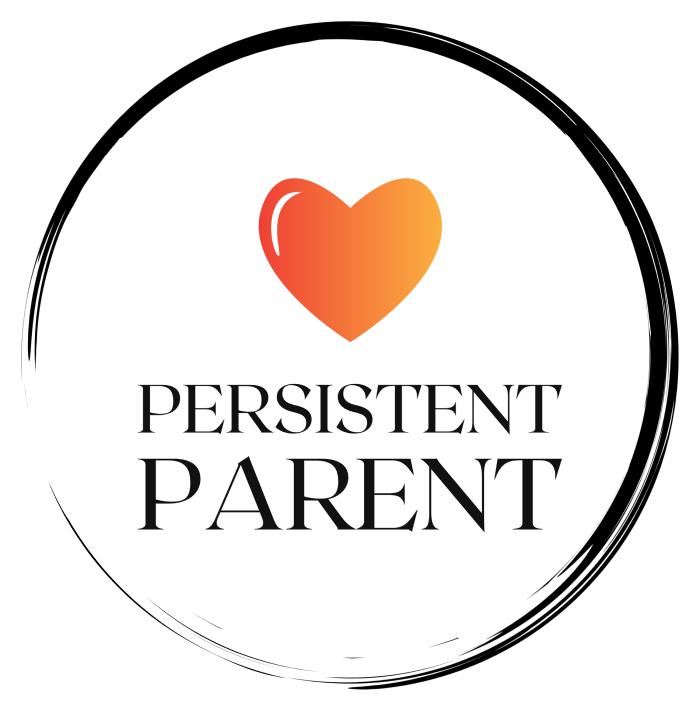Teachable moments are opportunities to learn that arise from real-life experiences. They are valuable because they make learning more engaging and relevant and can help to spark curiosity and passion for science in children.
Recognizing and utilizing teachable moments can be easier than you think. By being open to unexpected learning opportunities, asking questions, and taking time to explore and experiment parents can help their children to discover the wonders of science in their everyday lives.
There are many different examples of teachable moments in science that parents can use to engage children, from observing ants and their habitat to discussing climate change. By using these real-life experiences as a starting point, adults can help children to develop critical thinking skills and a love of science that will last a lifetime.
Keep reading to learn how you can leverage these moments to inspire the next generation of scientists!
Five Facts About Teachable Moments in Science for parents:
✅ Teachable moments in science can arise from everyday life situations, like when a child observes a tree dying and asks questions about lifecycles, notices that some seeds sprout faster than others, or asks why we have to drink water even though juice may taste better. They’re all around us every single day if we notice.
✅ Parents can harness teachable moments to integrate more learning into the existing day-to-day hustle and children gain deeper insights into different areas of science in a pressure-free-moment.
✅ Teachable moments can be used to teach your child about important scientific concepts, like climate change, and motivate them to explore different perspectives on scientific issues that impact their future.
✅ Remember that great teachers and parents alike are open to following your child’s curiosity when teachable moments arise and use the opportunities to maximize effective learning.
✅ Teachable moments allow parents to pass along unplanned but potentially very impactful information to their kids and help build their self-confidence as independent learners.
What are Teachable Moments?
Teachable moments are all around us — in our homes, schools, and communities. But what are they exactly? Put simply, they are instances where an unexpected event or situation creates an opportunity to learn. These spontaneous teaching moments are incredibly valuable and can make a lasting impact on a child’s education journey.
These moments allow people to actively pursue their education through exploration, observation and critical thinking, rather than retaining information they may not fully comprehend. By inspiring curiosity in this way, teachable moments offer more practical and authentic means for learners to engage with the world around them.
While each teachable moment is unique in its own right, some common characteristics may include a break from routine and structure; an enquiring kid asking challenging questions or perhaps an interruption to the routine caused by external factors like drastic weather changes or environmental stimuli.
Importance of Teachable Moments in Learning
Utilizing teachable moments helps bridge the gap between theoretical “classroom learning” and real-life applications. It allows children to see how what they learn in lessons can apply to their everyday lives. Kids are also able to learn at their own pace, making connections between concepts as they arise naturally and without unnecessary pressure. By recognizing and seizing teachable moments, parents can make a meaningful impact on their kids’ learning journey.
How to Recognize and Utilize Teachable Moments
Valuable teaching moments can take place at any time, be it inside or outside the home. Capitalizing on these “sparks” provides some of the best lessons since kids are already invested in the experience. These fleeting glimpses may be brief, but they’re often quite powerful for both parents and our little learners alike.
It’s all about seizing teachable moments when they arise.
When kids show interest, or ask questions, these are good indicators that a teachable moment is just around the corner. (Yes, the 500th question may be just as valuable as the first, no matter how exhausted you might feel after cooking supper, sorry!)
Parents should pause and explore further with questions that build upon enthusiasm and learning by using meta-cognitive prompts like “what if?” Or “how might we?”
To Create a Teachable Moment
A unique approach parents can use when creating teachable moments is by immersing their kids into topics that are relevant within their daily lives on a personal level.
For example, using popular TV show clips related to science concepts can help build excitement, leading learners into deeper analysis of scientific phenomena.
The tv shows would have to be selected based on each childs’ interests, age, and the scientific concept you’re teaching. The show In the table below, some of the unique properties of water are listed along with a brief explanation of each property:
| Property | Explanation |
|---|---|
| Cohesion and Adhesion | Water molecules stick to each other and to other substances. |
| Surface Tension | The skin-like layer that forms on the surface of water due to cohesive forces between molecules. |
| Capillary Action | The ability of water to flow upward against gravity in narrow tubes or porous materials. |
| Density | Water is denser as a liquid than as a solid, allowing ice to float. |
| Universal Solvent | Many substances dissolve well in water due to its polarity. |
A real-life example you could use to teach your children the importance of water properties and human health is the story of the Flint Water Crisis.
